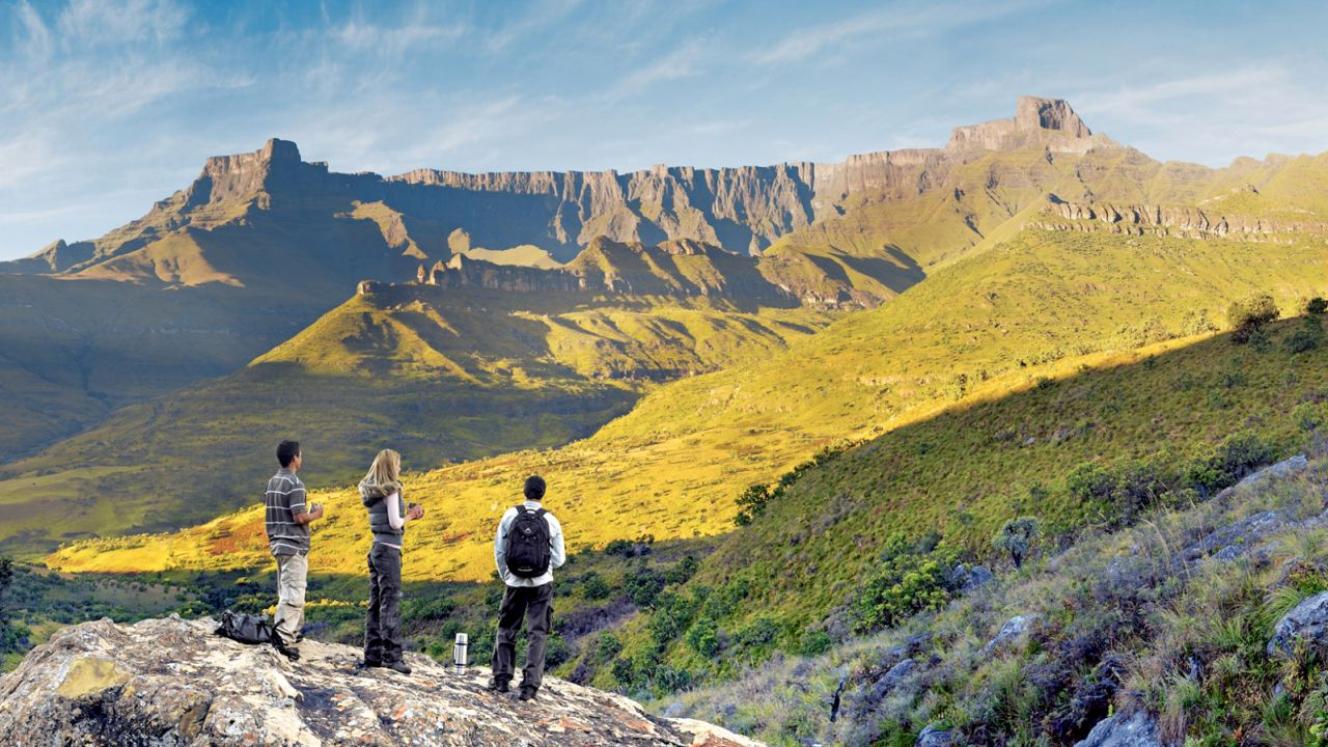While the tourism sector has broadly welcomed the Department of Home Affairs’ (DHA) assertion that South Africa’s ETA platform has approved over 10 000 applications in just over a month, some questions have been raised about the functionality and security processes of the new system.
Speaking at the Europe House – Ambrosetti (TEHA) CEO Dialogue on Southern Africa on November 21, Minister of Home Affairs Leon Schreiber said, since the first phase launch in mid-October (purportedly targeted only at G20 delegates from China, India, Indonesia and Mexico), more than 10 000 applications have been approved.
Immigration expert Candice Magen, CEO of Visas Abroad, questioned the source of these figures.
“The system has been live for a matter of weeks and, on paper, only for G20 delegates. No data has been published. No evidence has been shared. Until proof exists, that number is simply not credible,” said Magen.
She asserted that travellers used the ETA for leisure trips during the first phase.
“The portal says “G20 only” yet travellers are already using it for leisure trips. If the department can’t keep its own criteria straight, how is the public or industry meant to trust the system?”
Independent tourism and hospitality consultant Gillian Saunders also expressed surprise at the volume of approved applications.
“I believe the trial with the G20 delegates coming through went very well, it was very effective and the turnaround was very fast. I would be surprised if there were 10 000 applications that were only G20-related so that implies to me that applications for next year are potentially being processed. But, overall, I would say I’m very encouraged and excited,” Saunders said.
The Department of Home Affairs did not respond to Tourism Update’s enquiries about the veracity of the reported data.
Biometric recognition
The ETA harnesses biometric facial recognition (through the submission of a “selfie” on the online platform and camera verification upon arrival at OR Tambo and Cape Town international airports) as part of the approval process in order to facilitate faster turnaround times.
Schreiber described the ability to record biometrics as a security strength.
“We have biometric records for citizens, not for foreigners. The ETA is finally rectifying that and it enables us to track overstays, for example, and other visa violations in ways that we could never do before.”
Magen believes, however, that this process raises red flags.
“A selfie, a passport copy and a short form. That’s it. No financials. No return flight. No accommodation proof. None of the standard indicators used globally to prevent overstays. Meanwhile, South Africans applying abroad must hand over every document under the sun. The double standard is obvious.”
However, Saunders praised the system for reducing red tape and leading to the faster turnaround times that the tourism industry has long called for.
“It gets rid of a whole load of extraneous stuff we were requiring from people and long processes. It is a very simple ETA using the latest technology, which is mainly facial recognition.”
Functionality and future roll-out
Magen said, upon testing, she found the dependability of the ETA platform to be questionable.
“We’ve often hit error messages. This comes on top of the e-visa platform and the Trusted Tour Operator Scheme (TTOS) — three separate digital pathways launched in one year; none of them were stable enough to rely on. Instead of one dependable system, we have a maze of half-built ones.”
In its next phase, the system is set to open up to all travellers from China, India, Indonesia and Mexico.
“It’s great that India and China are there because those are the main markets that have been constrained by not having a decent e-visa. Mexican travellers have also had real struggles getting visas,” said Saunders.
The TTOS, which has been widely praised as a success in streamlining group visa applications from China and India since its launch at the start of 2025, has not yet stimulated arrivals growth from those two major target markets.
Between January and October this year, arrivals from China shrunk by 5.9% from the comparative period last year to 32 792. Indian arrivals declined by 6.2% to 59 422.
“It was sold as the big fix for visa bottlenecks for these markets. But there is zero measurable gain. That’s the only metric that matters. The ETA should be judged the same way – when arrivals rise,” Magen said.
“The industry doesn’t need more announcements, new platforms or shifting rules. It needs one credible, fully functional online visa system that works every time. Until we see that – and until arrivals reflect real improvement – claims of success are premature, unsupported and misleading,” Magen stressed.
By the time of publication, the Department of Home Affairs had not responded to questions about these concerns – only stating that it will be sharing “exciting news” on the ETA this week.













